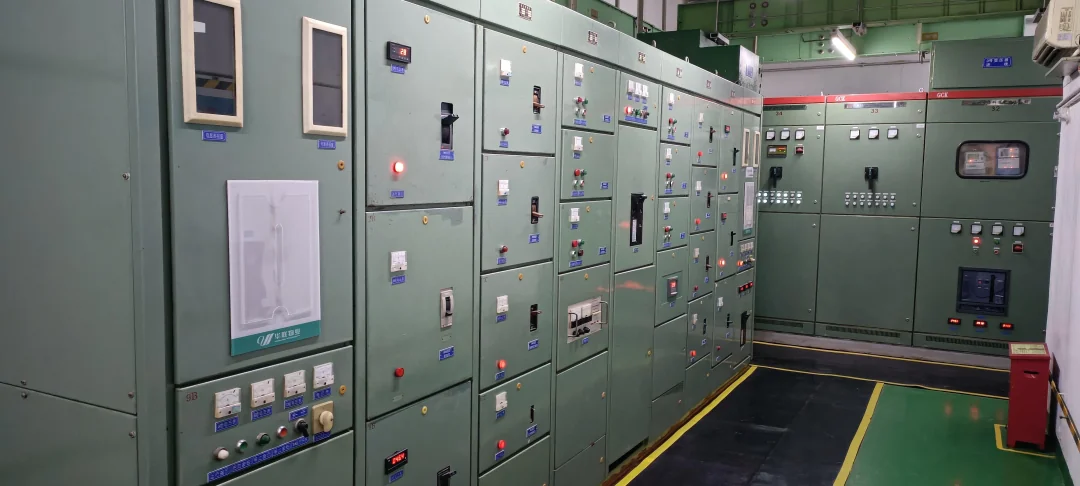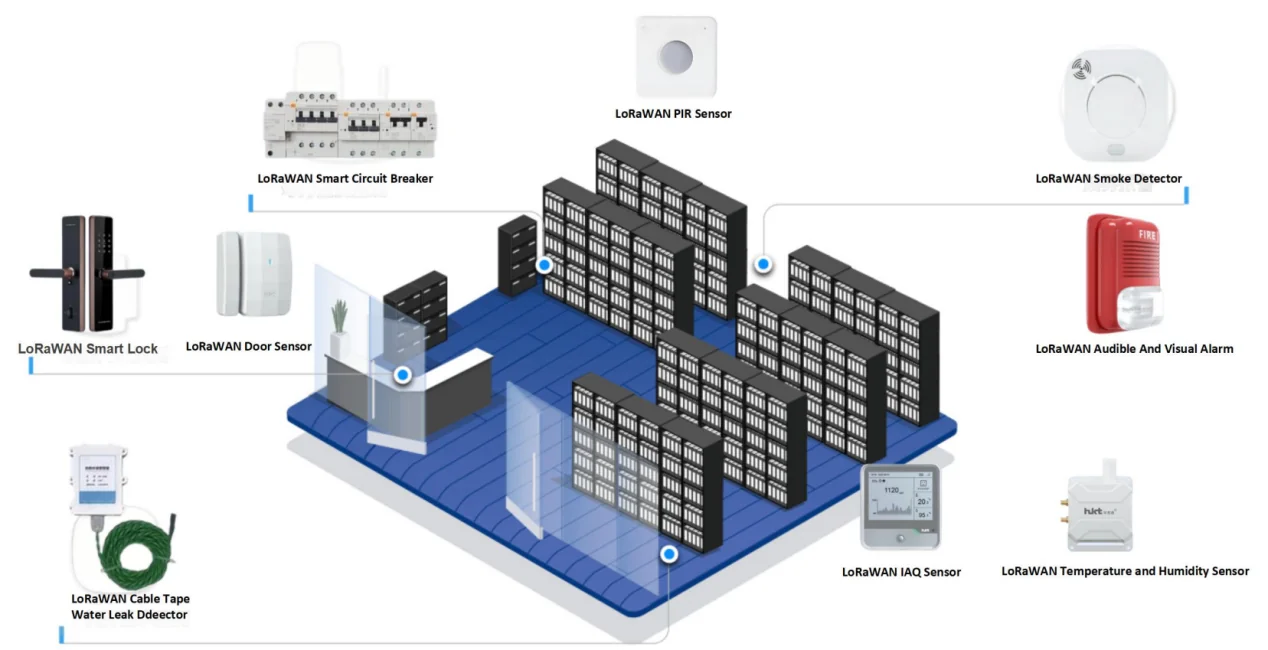
The equipment room serves as the core hub of intelligent buildings or communities, undertaking critical functions such as network management, information exchange, data storage, and network communication. With the expansion of intelligent applications, equipment rooms need to accommodate more complex devices, cables, and servers, which imposes higher requirements on environmental conditions, safety, and fire protection. The HKT Smart Equipment Room Solution leverages IoT technology and LoRaWAN devices to achieve comprehensive monitoring and management of equipment rooms, improving operational efficiency, reducing human intervention, lowering maintenance costs, and establishing rapid response mechanisms to ensure the safety and stable operation of equipment rooms.
1. Challenges Faced by Traditional Equipment Rooms
Increased Device Complexity
With the growth of intelligent applications, equipment rooms need to accommodate more servers, network devices, and storage devices, significantly increasing device density and complexity.Complex Cable Management
A large number of network cables, power cables, and optical fibers need to be properly arranged and managed within limited space to avoid cable clutter and signal interference.Higher Environmental Requirements
Devices in the equipment room have high requirements for temperature, humidity, and air quality, necessitating an optimal operating environment.Increased Security Risks
As a core facility of the building, equipment rooms face multiple risks, including physical security, network security, and data security, requiring effective protective measures.Strict Fire Safety Requirements
Due to the high density of devices, fires in equipment rooms can have severe consequences, necessitating efficient fire protection systems to ensure timely detection and extinguishing of fires.